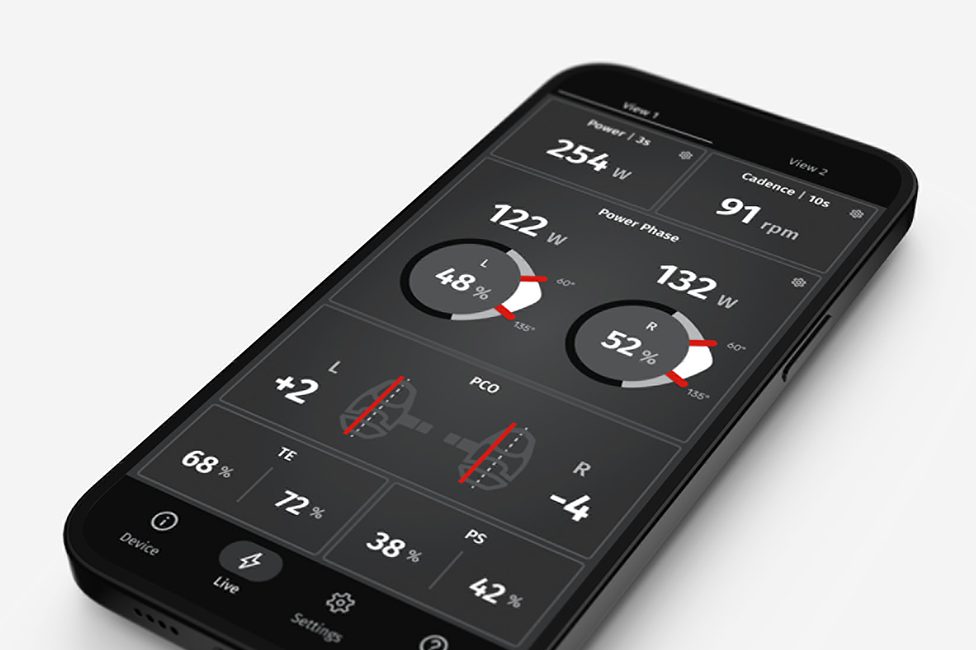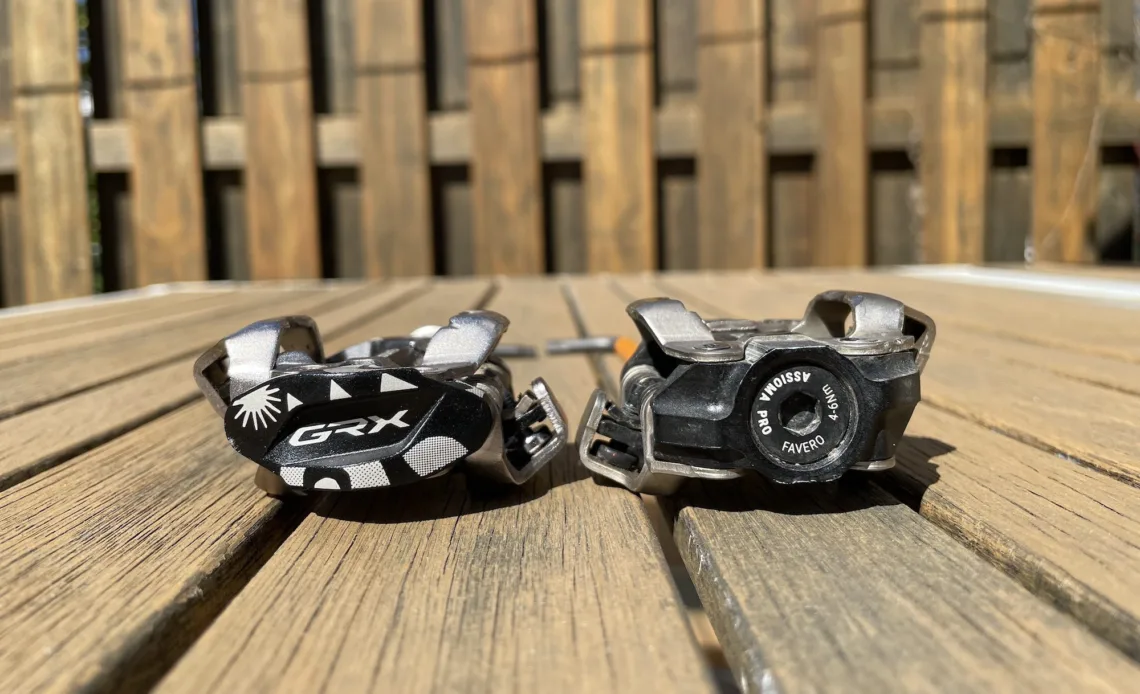Training with power is easier than ever, thanks to a variety of different and increasingly affordable power meters. But how can knowing what’s what with your watts help you on the bike? Well, adding power into the mix can help fine-tune your training so you can maximize speed and minimize mid-effort bonks. But, with pedal-based power meters like Favero’s Assioma Pro MX, it can also help you improve each pedal stroke and earn some biomechanical gains that could help with injury avoidance.
All watts, no weirdness
Opening up power-based training has changed the world of professional racing. It’s allowed riders and coaches to fine tune training by creating more detailed training plans, and more detailed feedback from every training session. We’ve talked about why you should train with power and what metrics you should be looking at. But how will this make you faster, beyond just better training? In a few ways.
Having real-time, detailed power data displayed while you train helps you to better learn, and know your own physiological limits as you’re trying to improve them. This way, when you’re in a race environment, or just pushing your limits on a faster ride, you’ll have a better understanding of how hard you’re working, and how much faster you can go without going past them and running into the dreaded “bonk.”
Favero’s IAV power system uses a built-in three-axis gyroscope to provide data on real instantaneous angular velocity that is accurate to ±1 per cent. Thanks to this system, and the Assioma’s durable construction, this data is acurate in real world situations, not just in a lab or on a trainer. Favero uses this information to fuel classic power as well as advanced metrics that show you where in the pedal stroke you are applying power, and how efficiently you are applying power, so you can improve your efficiency on the bike as well as your fitness.
Assioma Pro MX pedals open up this world of watts without any weirdness. They are the lightest pedal power meter currently on the market (only 191.4g per pedal) so you’re not adding weight as you chase gains on the bike. At 11.2mm tall, they’re also the closest in terms of stack height to non-power based pedals. That mean’s they won’t change how you feel on the bike.

Click Here to Read the Full Original Article at Canadian Cycling Magazine…

